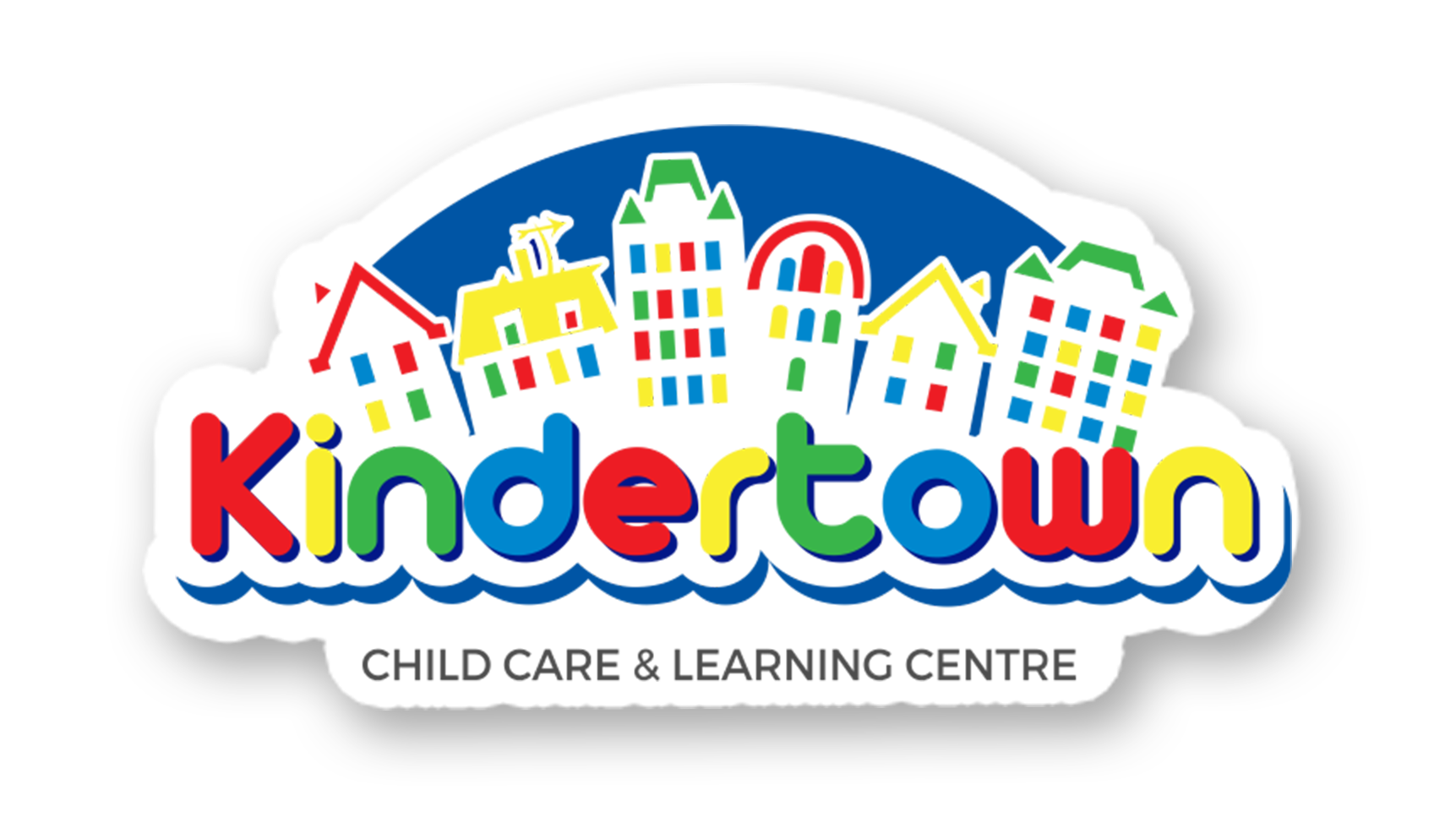Puppets and Singing in ECE
We’ve already spoken to the importance of circle or gathering time at K-Town (and in early learning generally), but there are certain activities that have become staples of this daily practice: puppets and singing! This method of telling stories, exploring concepts and finding a tempo are valuable to a child’s early learning experience and opens up a world of imagination and creativity. We encourage this practice at our centre, but also hope parents and families can do this at home as well.
Some ways that puppets and singing can be valuable tools for aiding child learning :
Promoting language development: Puppets and singing can help young children develop language skills by exposing them to new vocabulary, sentence structure, and sound patterns. Children can also practice communicating their thoughts and ideas through singing and puppet play, which can boost their confidence and self-expression.
Fostering social-emotional development: Puppets and singing can provide children with opportunities to practice empathy, cooperation, and communication skills as they work together to create stories and songs. Children can also use puppets as a tool for expressing their emotions and working through difficult situations in a safe and supportive environment.
Encouraging creativity and imagination: Puppets and singing can spark children's imaginations and inspire them to create their own stories, songs, and characters. This can encourage creativity, self-expression, and problem-solving skills.
Supporting cognitive development: Puppets and singing can help children develop cognitive skills such as memory, attention, and sequencing. Children can also learn basic concepts such as numbers, colors, and shapes through songs and puppet play.
To effectively use puppets and singing to aid child learning, educators can incorporate these activities into daily routines and lesson plans. They can create a puppet theater area or a music corner where children can freely engage in puppet play or singing. Educators can also use puppets and songs to introduce new concepts and topics or to reinforce learning objectives. Additionally, educators can model and encourage participation in puppet play and singing to create a positive and engaging learning environment for children.

